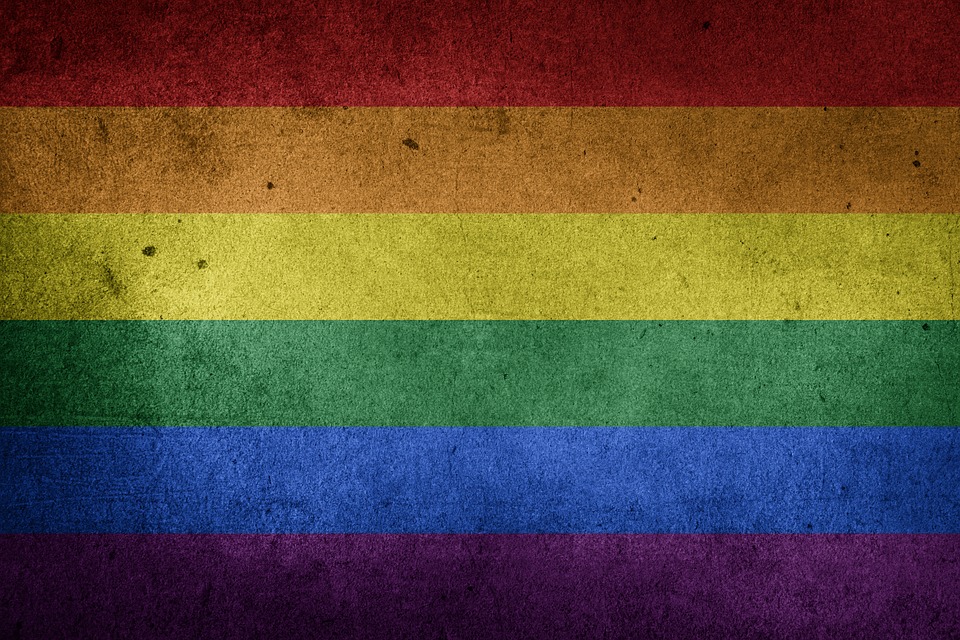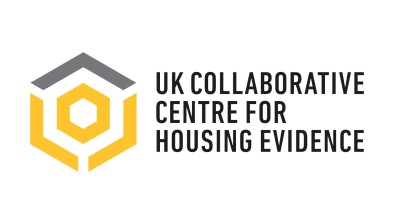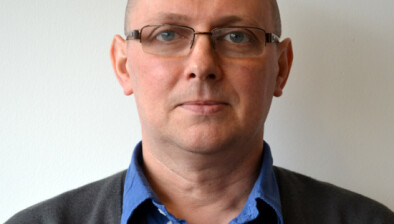Opinion: Is queer theory relevant to LGBTQ homelessness

Edith England, Neil Turnbull and Oliver Townsend are looking to create a network that seeks to reduce the high risk of homelessness among queer people.
Housing is a field known for its ‘wicked problems’. Wicked problems are those that are difficult to solve. They are often very poorly defined, and it is usually hard to work out whose responsibility it is to deal with them. They make us uncomfortable. But they are also really important, because they allow us to see more clearly the systems in which we operate. They force us to examine the assumptions we are making. Who thinks this is a problem? Why do they think it is a problem? How are they defining the problem? What happens as a result of their approach? We can think about this in terms of advantages and disadvantages. Does it help anyone see this as a problem? How?
LGBTQ+ homelessness epitomises a wicked problem. We don’t have a clear idea of who it affects and how. It is usually associated with young queer people thrown out of their family homes. With evidence that a quarter of young homeless people are LGBTQ+ and that sexuality and gender identity are a direct cause of their homelessness, we must find ways to address family rejection and discrimination as a route into homelessness, as well as the complicating factors which place young people at high risk of homelessness. But we also don’t know much at all about other kinds of LGBTQ+ homelessness. What happens after the age of 25, when young people age out of youth services? How does LGBTQ+ homelessness interact with other ways in which queer people are discriminated against and face marginalisation within society? Economic exclusion, lack of affordable and inclusive housing, poor mental and physical health and legislative and policy discourses predicated upon heteronormative and cisnormative family structures all contribute to queer homelessness but make it much harder to address. If services do not recognise that LGBTQ+ people are homeless, because of the assumptions they make about who is homeless and why, then they cannot address it.
Another issue is that the solutions themselves are not clear. Whose responsibility is it to address LGBTQ+ homelessness? Is it the state’s (e.g., through equalities legislation, distribution of homelessness assistance and social services), third sector organisations (e.g., homelessness services)…or do we seek solutions from wider society? How do queer communities themselves mobilise to protect LGBTQ+ people experiencing homelessness?
These questions point to a fundamental tension in our thinking about LGBTQ+ homelessness. We are caught between an approach which wants to find solutions to a pressing social injustice and a desire to recognise that homelessness for LGBTQ+ people is, in many ways, different. The causes of LGBTQ+ homelessness cannot be separated from the ways in which society makes life difficult for LGBTQ+ people, and the ways in which LGBTQ+ people often do have different experiences and needs to non-LGBTQ+ people.
The underlying cause of LGBTQ+ homelessness is deeply rooted in societal attitudes, prejudice, and systemic inequalities, which also means that policy or practice ‘solutions’ are likely to struggle on their own. Finally, the idea of an LGBTQ+ community itself is open to challenge. The community is not homogeneous, and any solutions are likely to involve trade-offs between the needs of different groups.
Finding a way through this series of contradictions is challenging, but necessary. We propose that it requires the interaction of two apparently contradictory approaches – the highly theoretical, poststructuralist queer theory, combined with philosophical pragmatism that deals with ‘real’ world problems. We do not suggest that these approaches are melded or synthesised into one.
Rather the power of this approach comes from recognising and harnessing the tensions and contradictions within the two approaches. This will offer new ways of thinking about wicked problems in ways which engage in different ways with the rallying cry of ‘ending LGBTQ+ homelessness’. What are those different ways?
In our next blog post, we will look at how we can use pragmatism and queer theory together to explore, contextualise, challenge, and undermine our understandings of queer homelessness.
What you can do:
We want to create a network of people interested in exploring these ideas further. We think that by expanding our ways of thinking about LGBTQ+ homelessness to recognise how it challenges and expands queer theory, and how queer theory can be used to explain and address LGBTQ+ homelessness, we can develop interventions that genuinely reduce the high risk of homelessness among queer people. If you are interested in being part of the network, please get in touch via LGBTQplushomlessness@outlook.com.
People:
- Edith England Senior Lecturer in Social Policy and Practice, Cardiff Metropolitan University EAAEngland@CardiffMet.ac.uk https://edithengland.com/
- Dr Neil Turnbull Lecturer in Urban Design, Welsh School of Architecture, Cardiff University TurnbullN1@Cardiff.ac.uk
- Oliver Townsend, Head of Connection and Change, Platfform OliverTownsend@platfform.org
This article was originally published on the CaCHE website.







